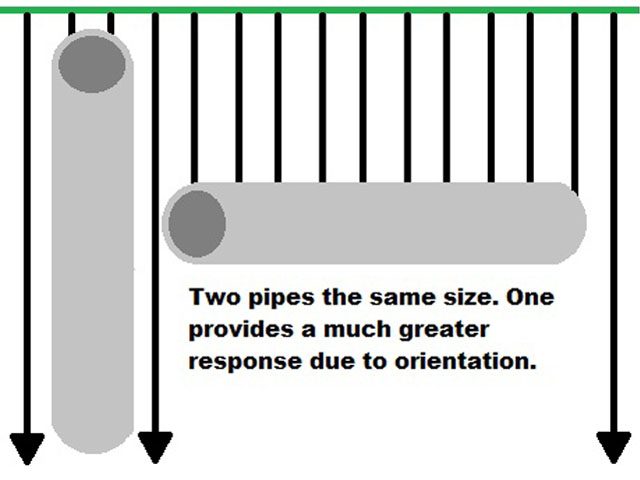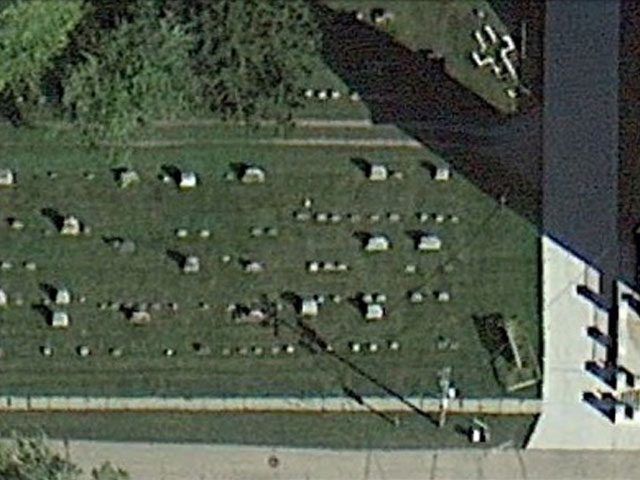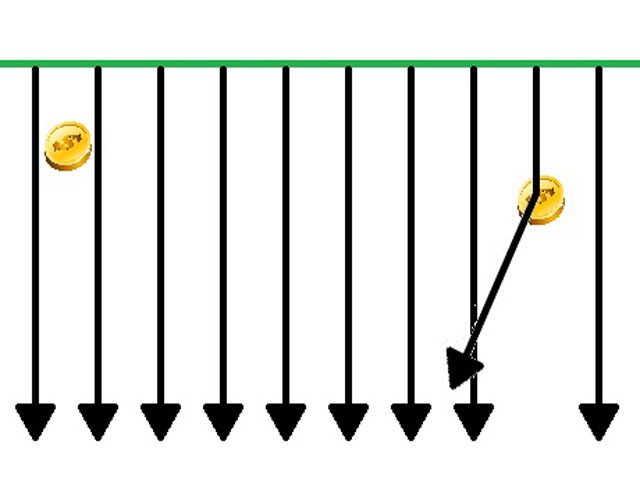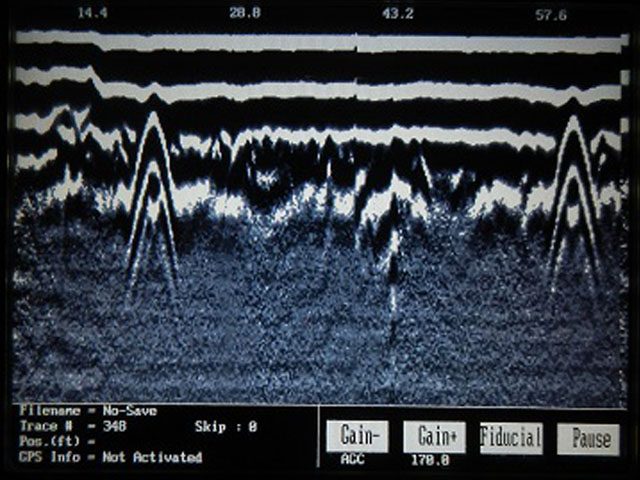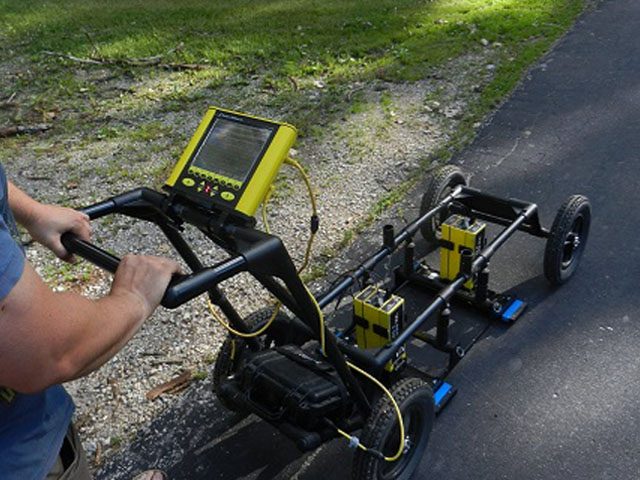GPR Training Courses
Learning how to operate and conduct ground penetrating radar surveys can be done with GPR training courses. GPR training courses can help troubleshoot problems in the field, during a GPR survey.
We have created GPR training courses for many of the routine and daily operations an operator uses with Sensors & Softwares’s ground penetrating radar. The site is an ongoing effort, so please excuse some of the construction debris.
Please let us know at GPR Training Courses .com what you would like to see more of. If you have a construction, environmental, geological, archeological, forensic, or other application that requires geophysical methods using ground penetrating radar, provide us with an enough lead time to develop GPR training courses pertaining to your specific application. Once you have a chance to visit the lessons at GPR Training Courses .com you will see that there is a personal approach on many of the topics. It has been our focus to assist with minimizing information that does not pertain to applications that are seldom used.
What is Ground Penetrating Radar or GPR?
Ground Penetrating Radar (GPR) is a geophysical method that uses radar pulses to image the subsurface. It is an invaluable tool for many fields, including construction, utility-locating, engineering, and archeology as it can detect objects and different surface layers below the ground without damaging them in any way. GPR works by sending out radio waves that travel through soil and rock until they hit an object or layer of the subsurface with different dielectric properties; when this happens, some of the energy from the waves bounces back to the receiver, which then creates an image of what lies beneath. The data collected helps surveyors make more informed decisions about their projects and allows operators to uncover hidden subsurface properties and anomalies with remarkable accuracy. GPR is a reliable, non-destructive technology that has revolutionized the way we explore beneath the earth’s surface.
Ground Penetrating Radar (GPR) is a powerful tool that can help many types of projects. For construction companies, GPR allows for the safe and accurate detection of buried objects such as underground storage tanks, pipes, and cables, which helps avoid costly accidents or delays. Archaeologists use GPR to discover hidden artifacts with no disruption to their environment. Engineers and geophysicists also use GPR to explore subsurface features like landslides, sinkholes, aquifers and bedrock fractures; this helps them better understand the area’s geology before performing any excavation work. Whatever the project may be, GPR can provide critical information that would be difficult or impossible to find out through traditional means.
Ground Penetrating Radar (GPR) offers many advantages over traditional methods of subsurface exploration. GPR is non-invasive, meaning it can detect objects without damaging them in any way; this makes it ideal for archaeology or construction work where unexpected discoveries must be handled carefully. Additionally, GPR is much faster than manual digging; surveys can be completed in a few hours rather than several hours or days spent excavating and searching manually. GPR can also find objects at deeper levels than manual digging, making it more effective for discovering deeply buried features. Finally, it is a relatively inexpensive technology, which makes it accessible to those with limited budgets. All in all, Ground Penetrating Radar is an invaluable tool for understanding and exploring subsurface features quickly and accurately.
By using GPR, projects can be completed faster, more cost-effectively and with greater accuracy. It provides invaluable data for many different fields, making it a valuable tool that should not be overlooked.
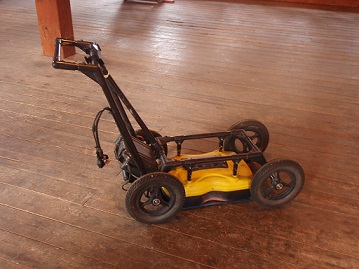
Noggin Plus SmartCart Course
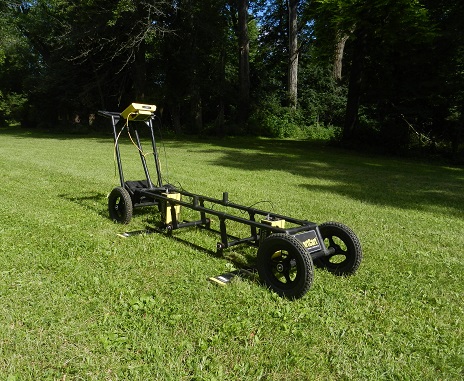
pulseEKKO PRO Course
Equipment shown in GPR training courses
can be rented from K. D. Jones Instruments, for example, Noggin 250, Noggin 500, Noggin 1000, pulseEKKO PRO 50 MHz, pulseEKKO PRO 100 MHz, pulseEKKO PRO 200 MHz, pulseEKKO PRO TR1000, Conquest, and other. We are interested in assisting with your project. If we can not find an answer we hope to find someone who can.
Ground penetrating radar surveys are a profession.
GPR Training Courses are not a replacement for the user manuals, common sense, experience, or for the education necessary to conduct successful ground penetrating radar surveys. A background in physics, geology, geophysics, engineering, and/or mathematics benefits survey designers and operators. To supplement the GPR training courses, one can find a wide selection of books and reading material by searching the internet. A good place to start is the Sensors and Software website. Because there is always the potential for misinformation in the GPR training courses, it is highly recommended that one goes through all procedures at the office or home base before going to a project. It is very important to experiment with the ground penetrating radar equipment over known conditions, to understand how the equipment operates and responds.
Sensors & Software™ Noggin™ Noggin Plus™ SmartCart™ pulseEKKO PRO™ and other found at this site are Trademarks of Sensors & Software and are independent of GPR Training Courses .com.
Articles Posts and Blogs
Click on the arrows or the dots to change the selection. Click on the title to go to the GPR training courses post.


